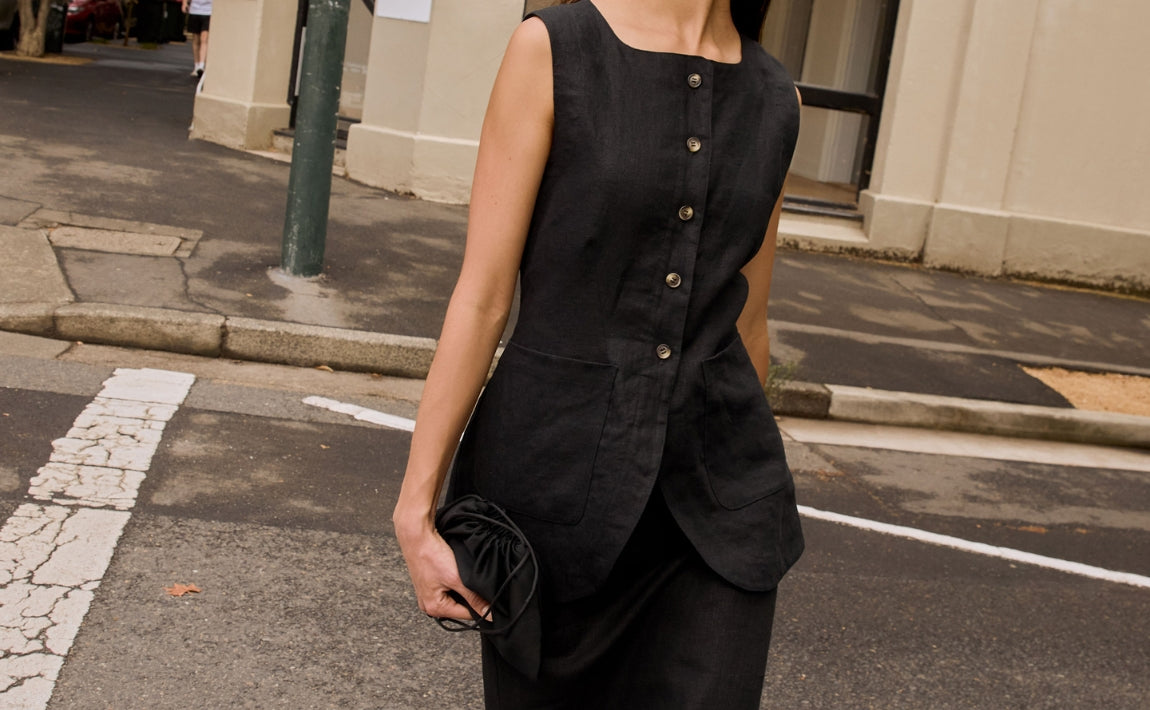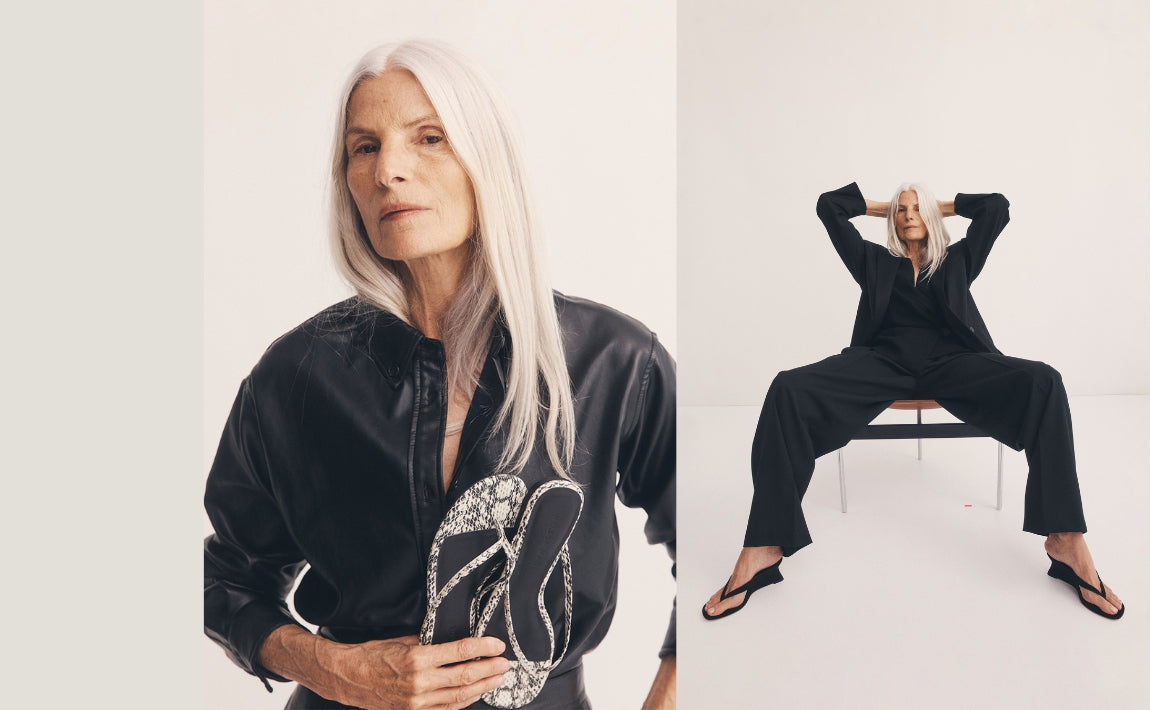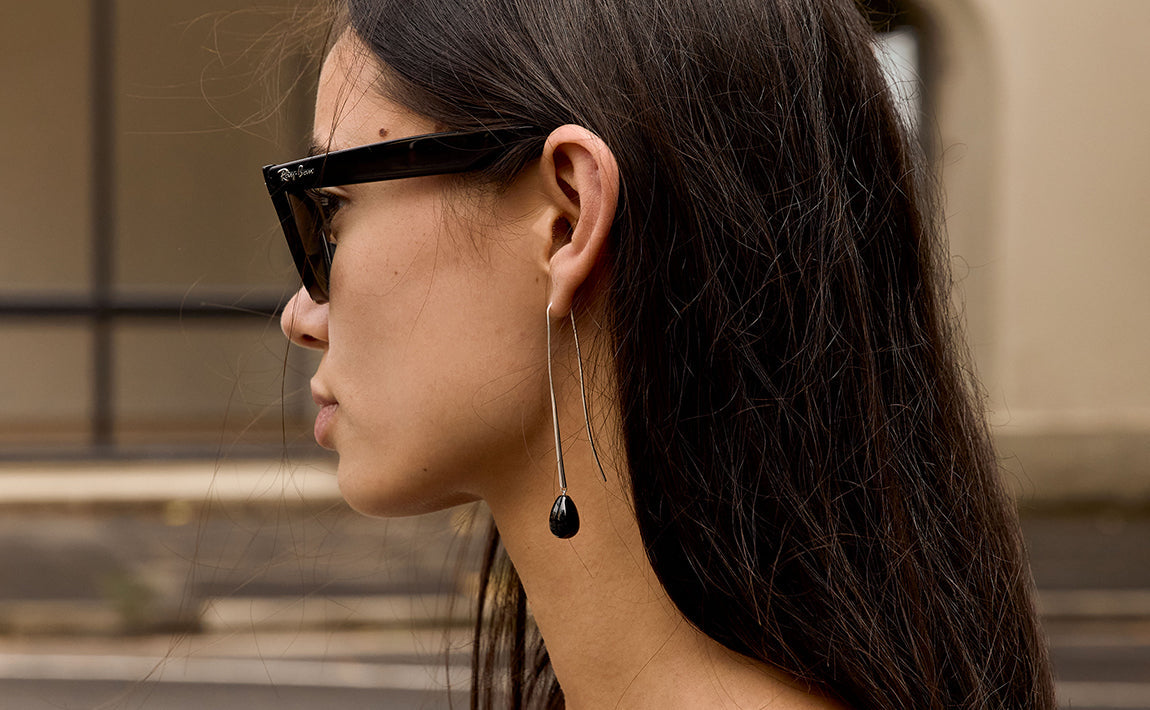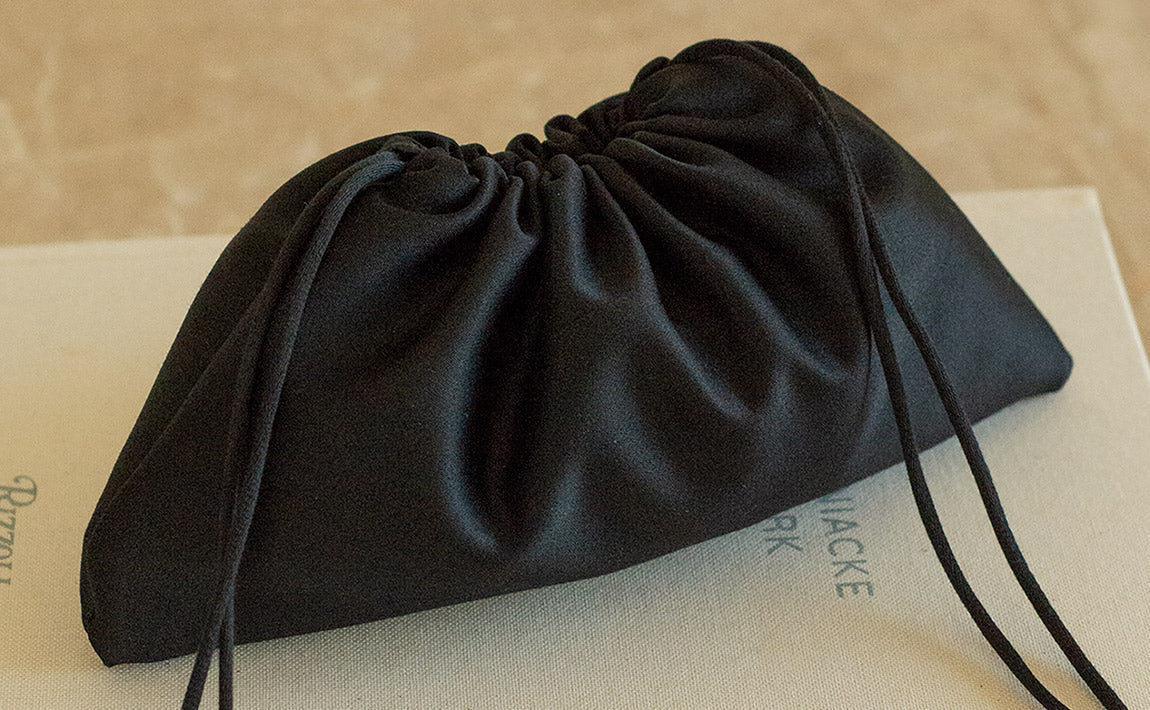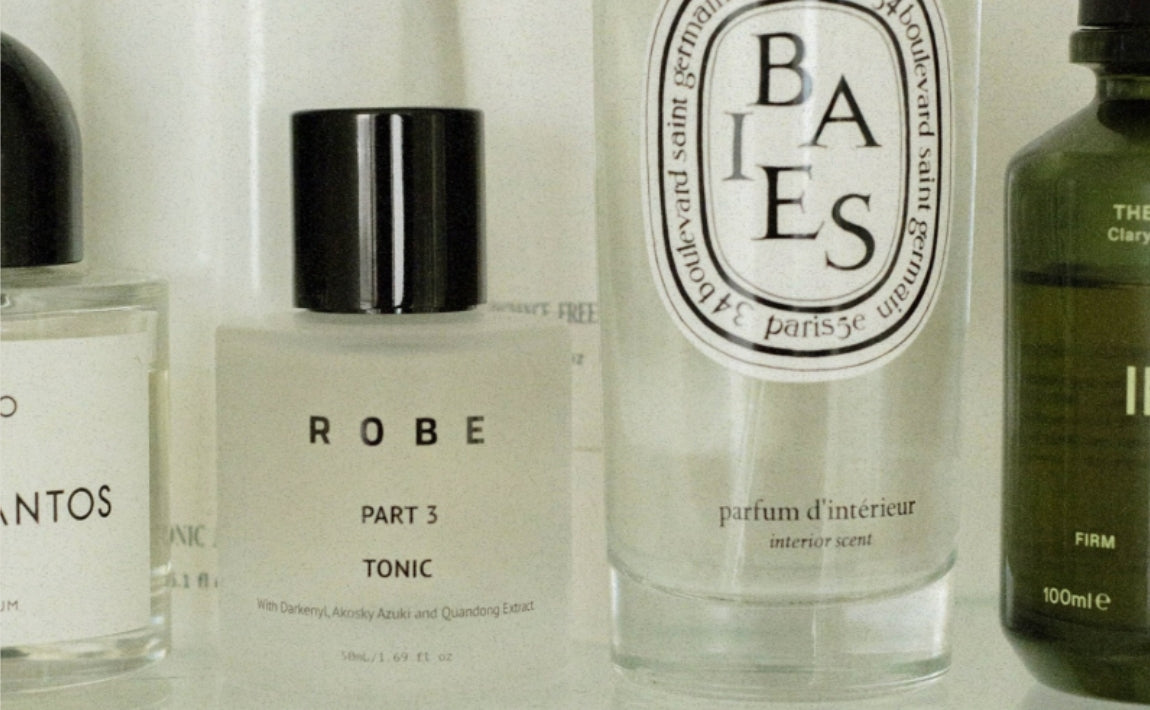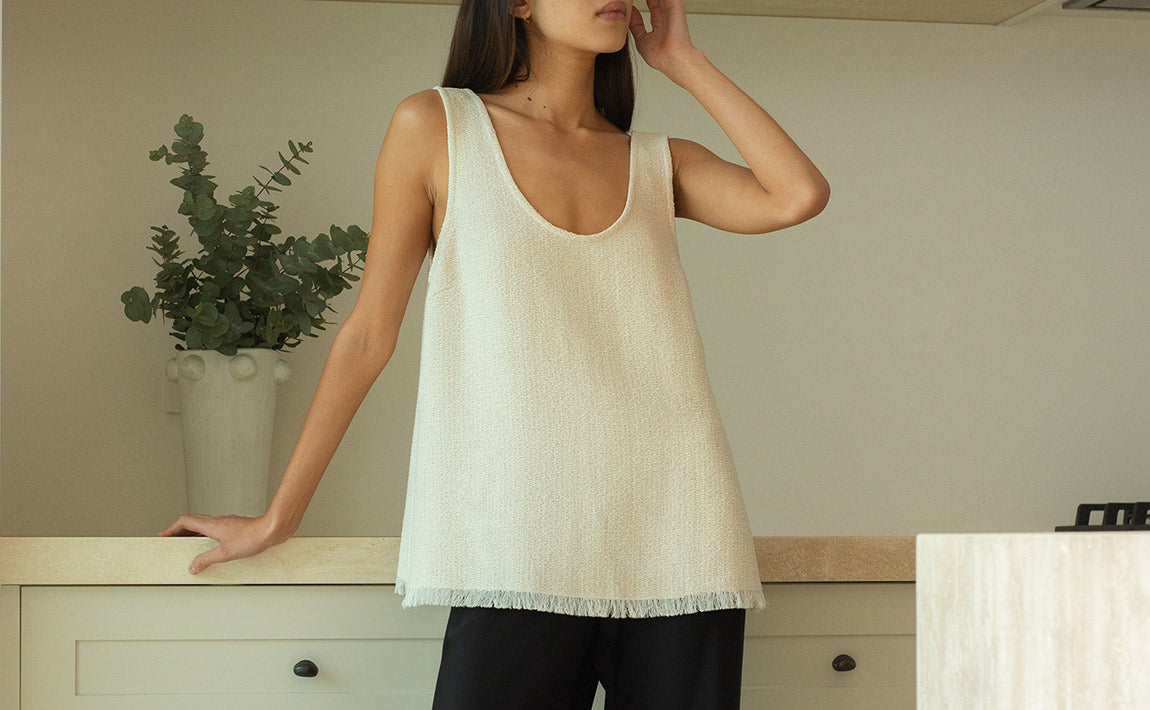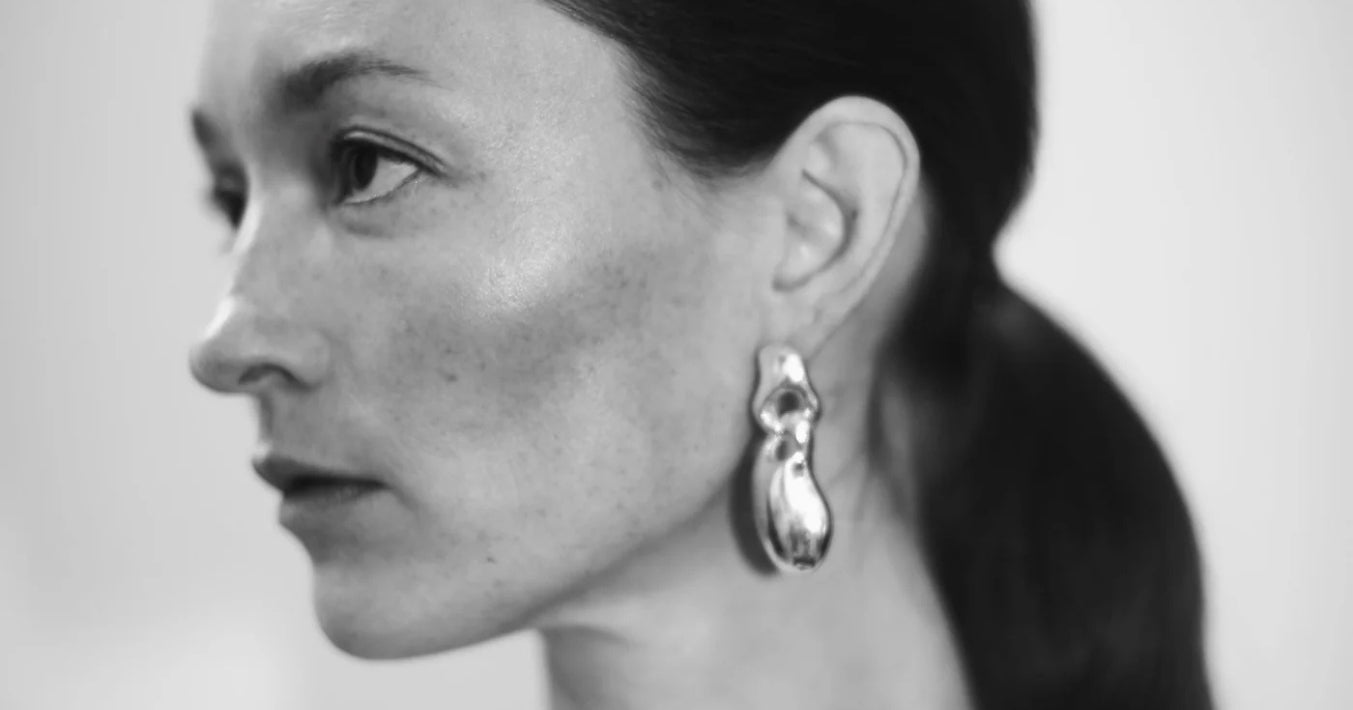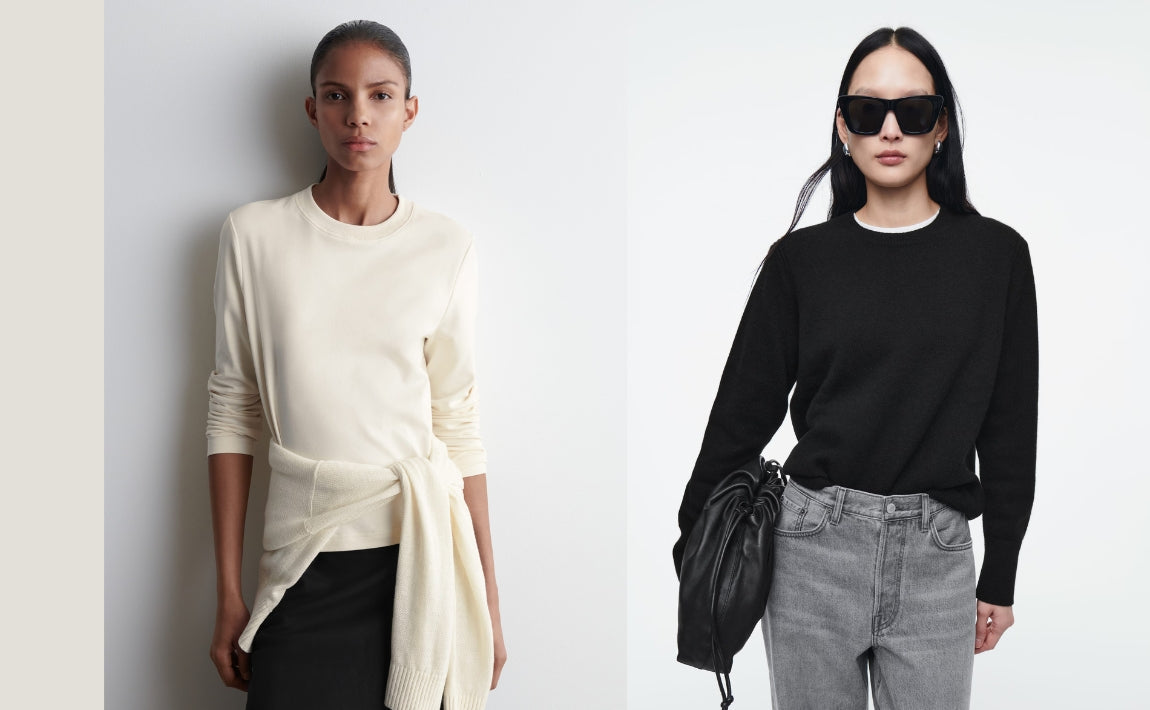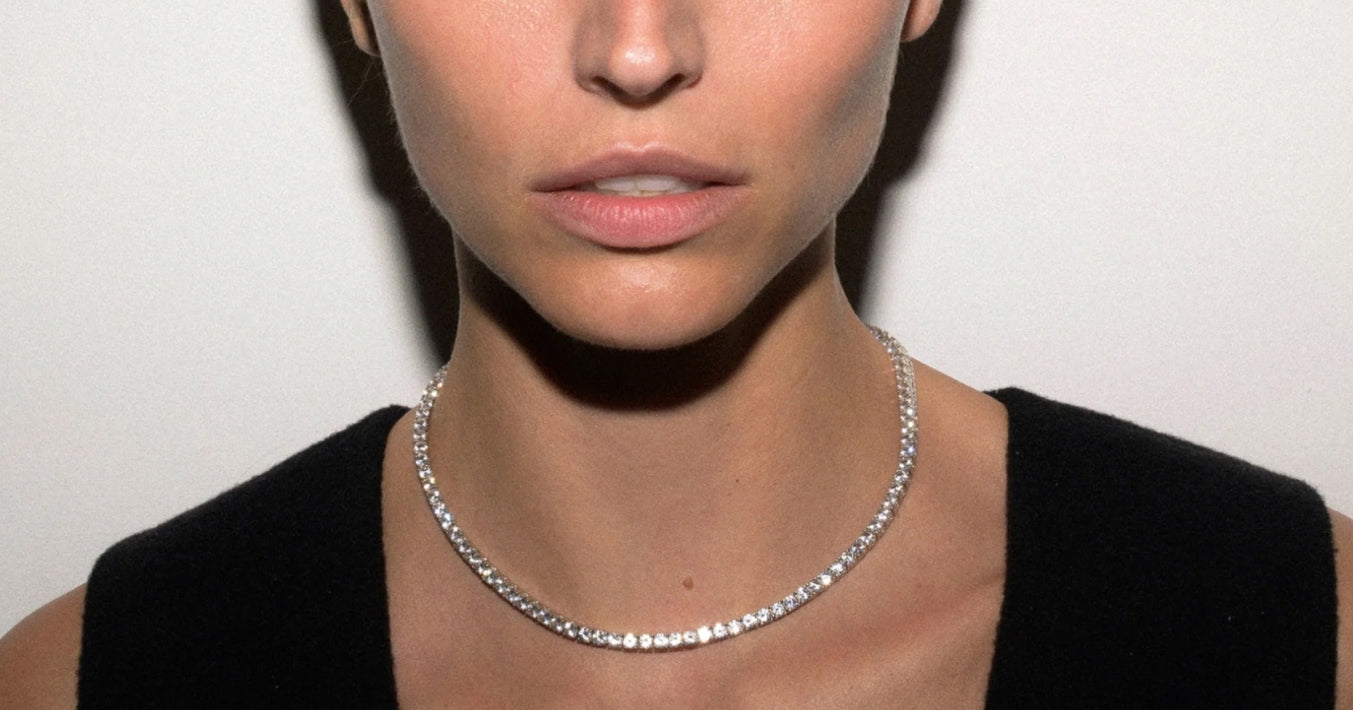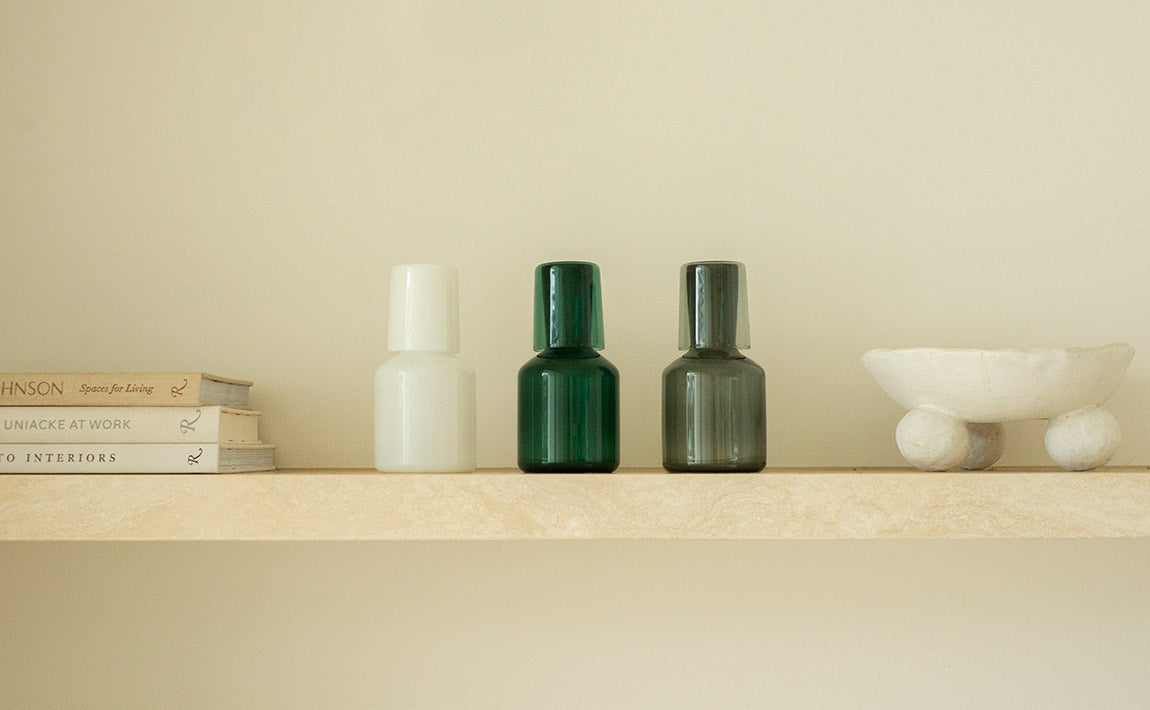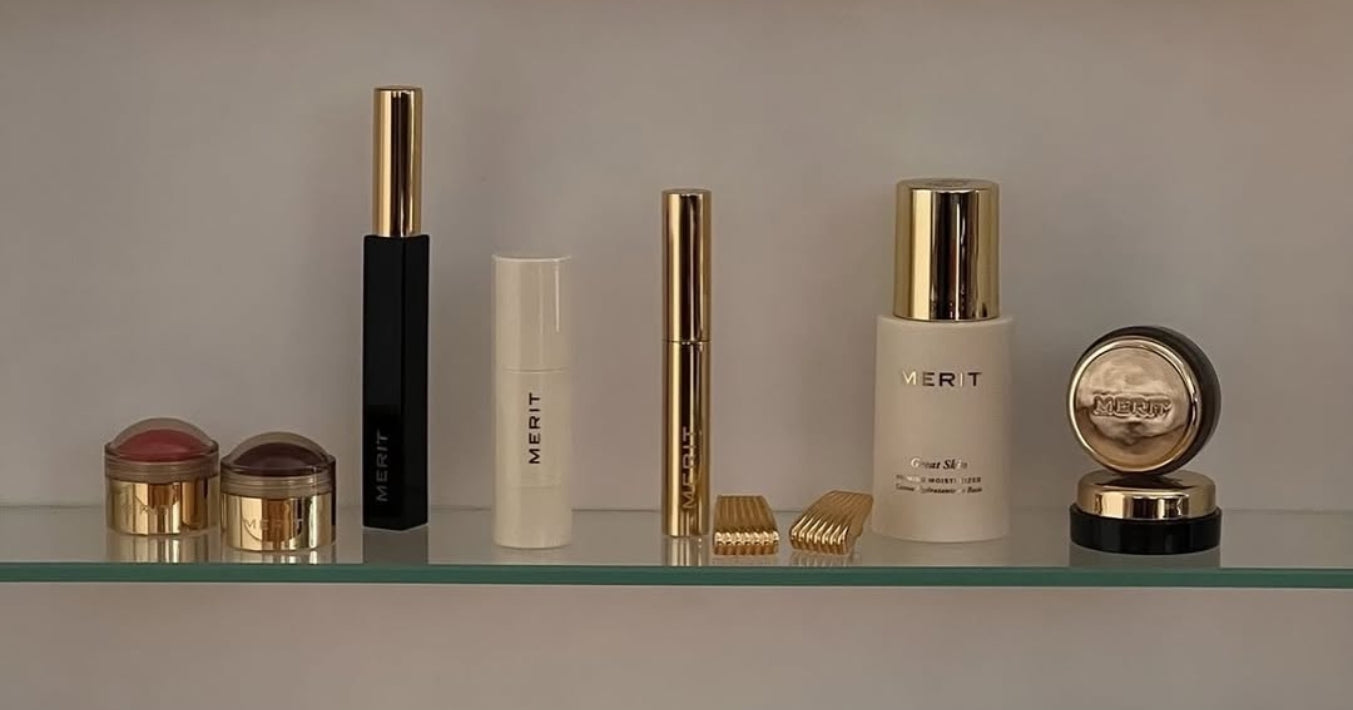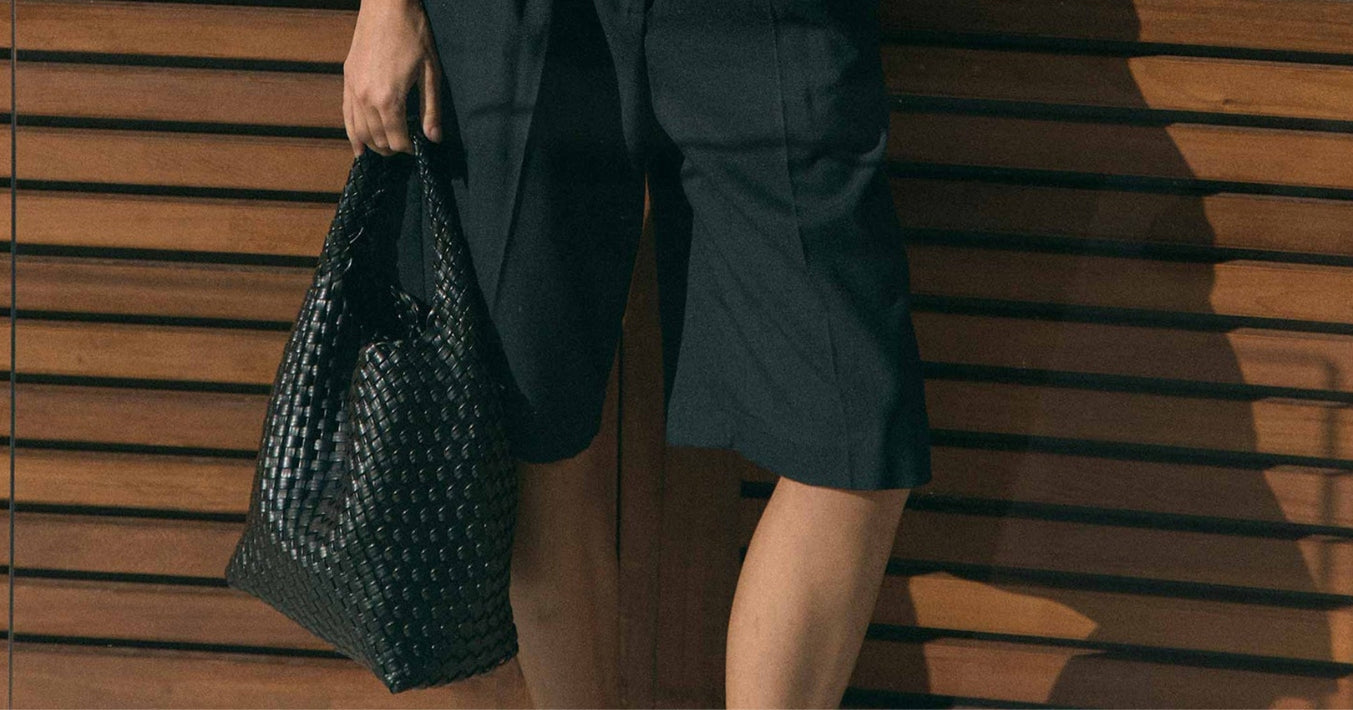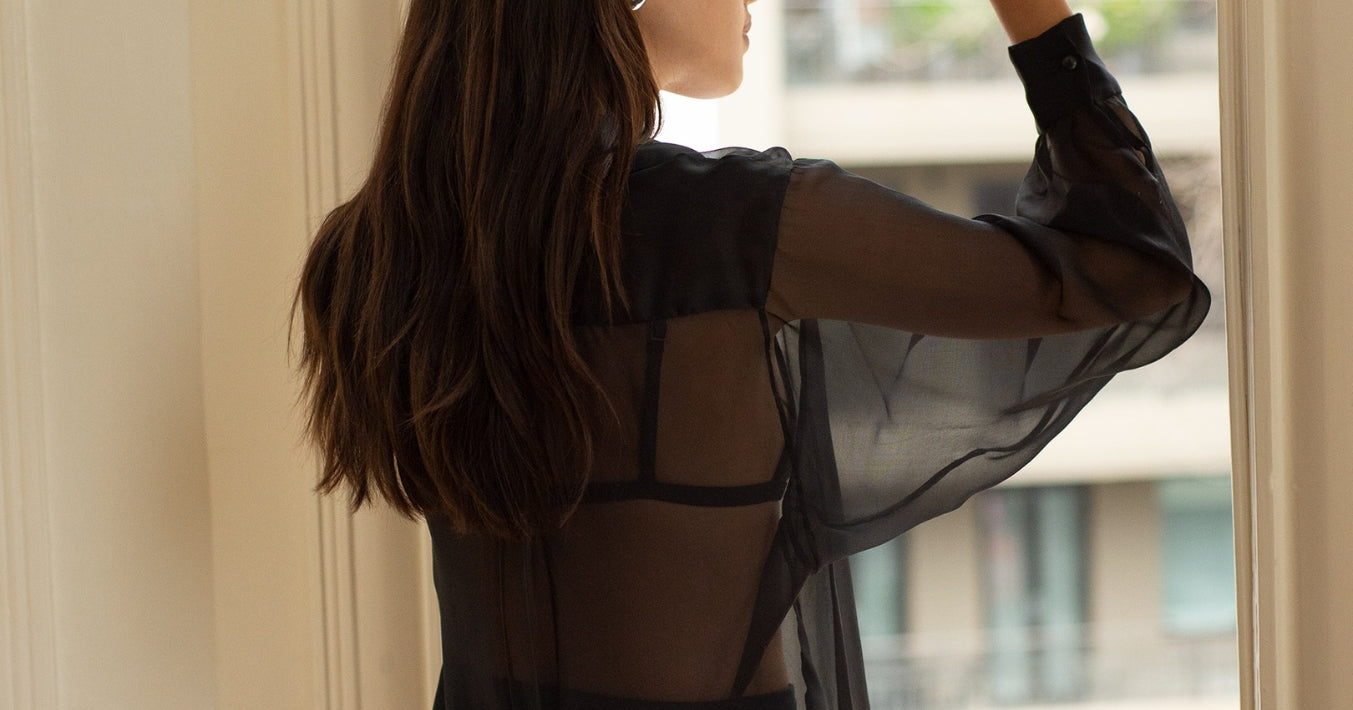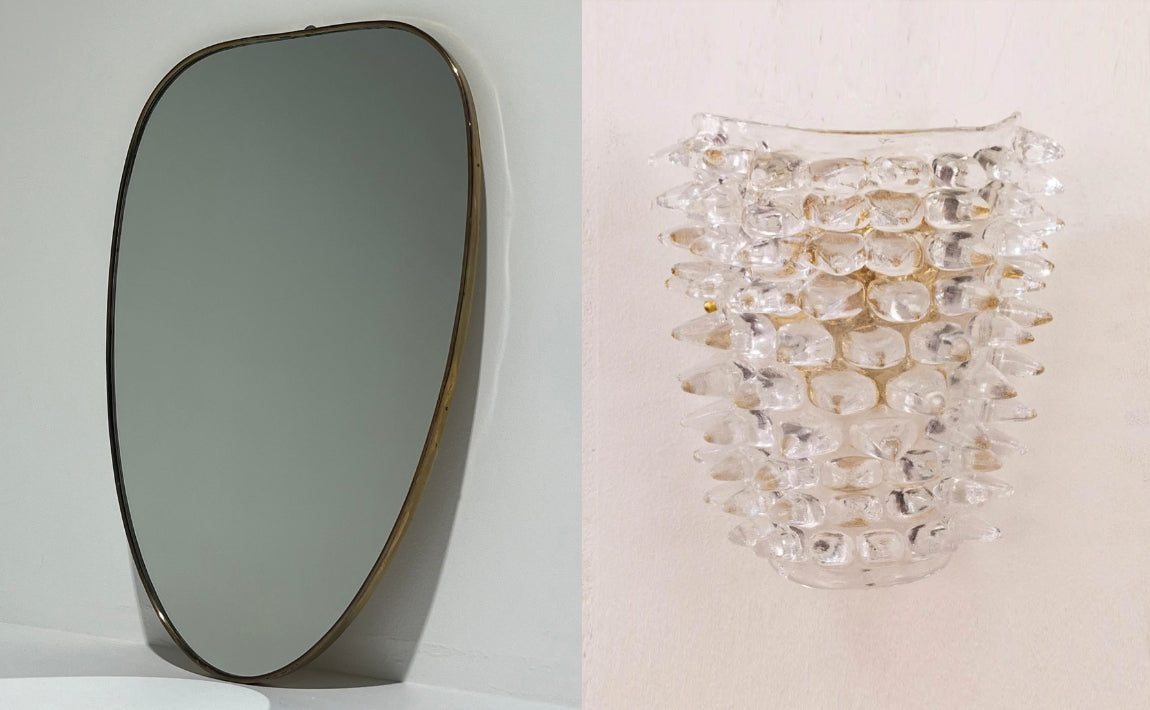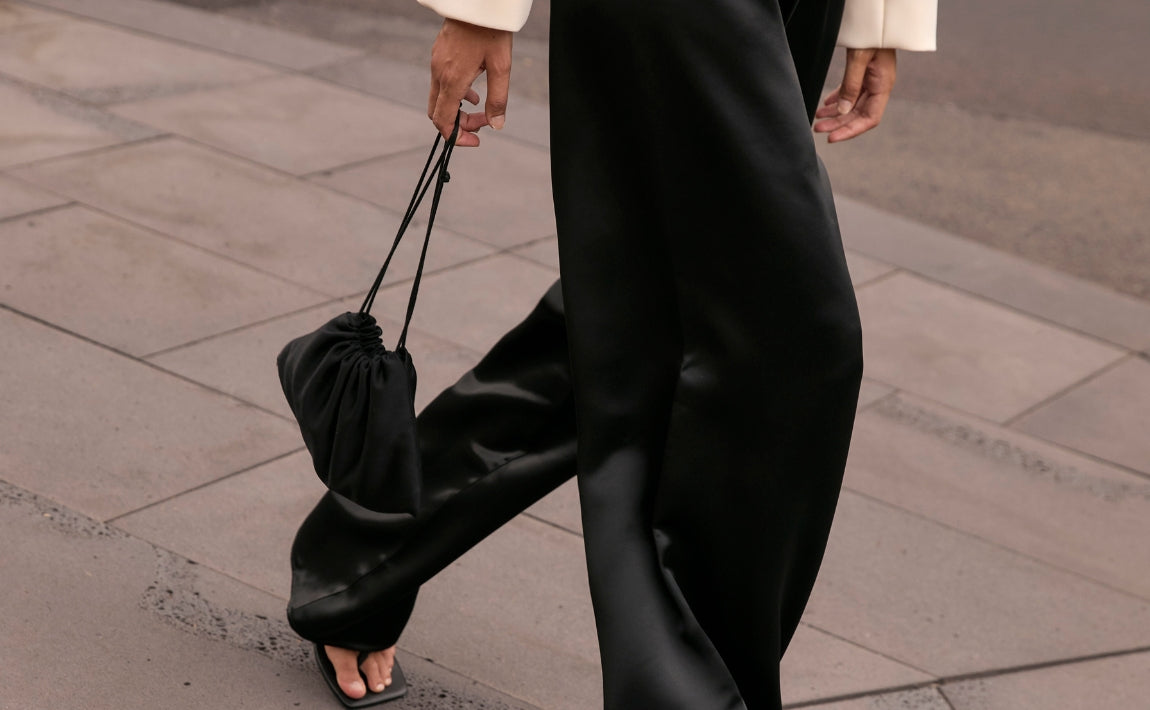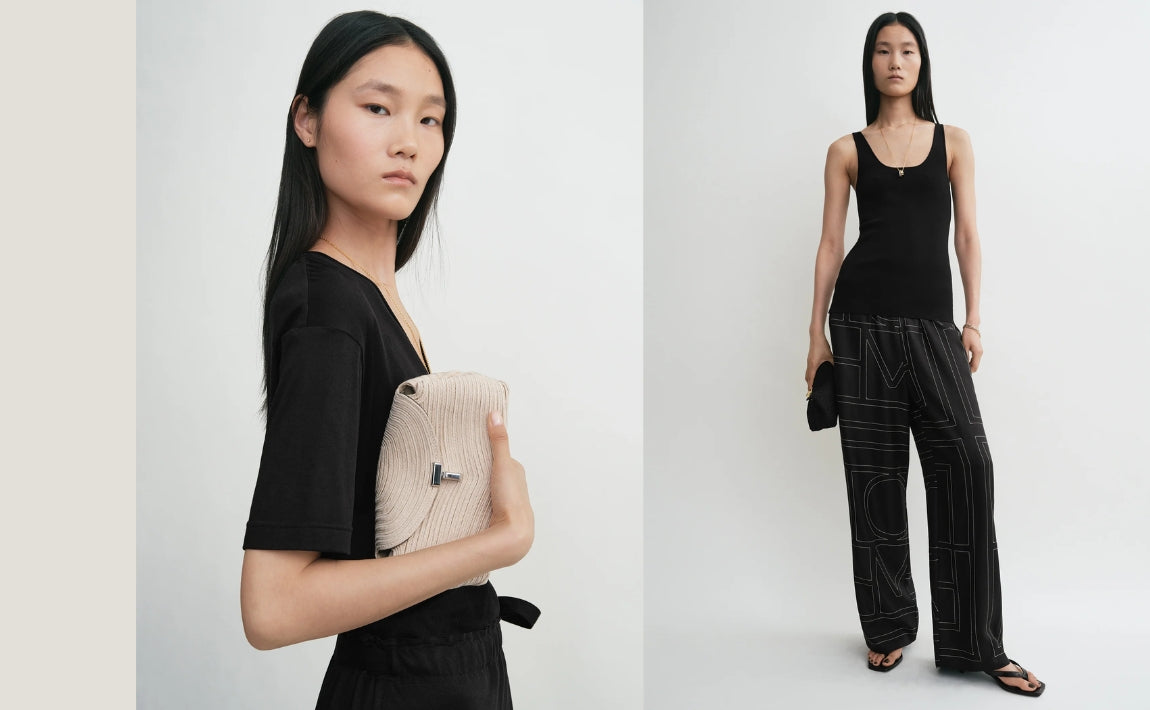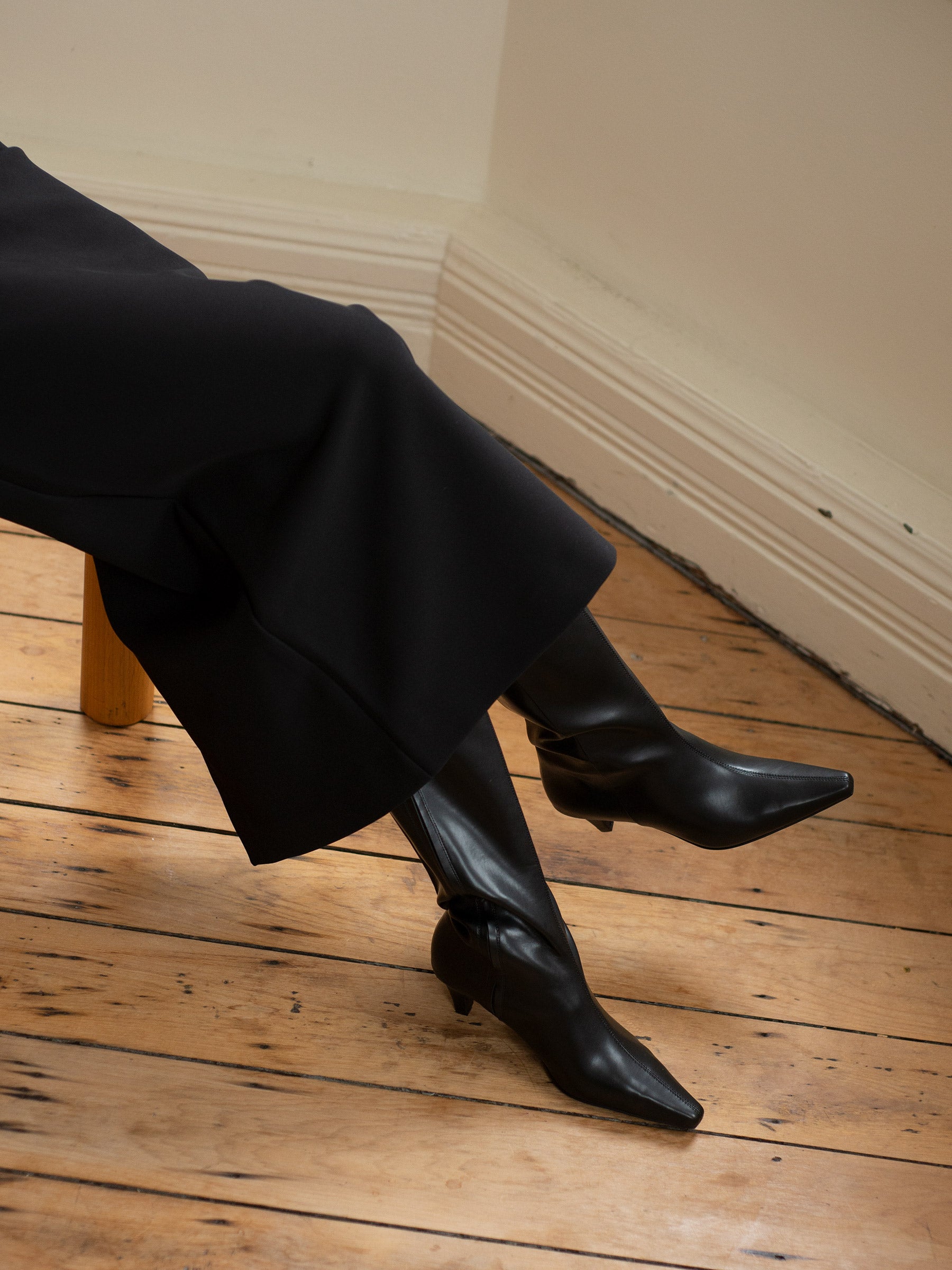What is Vegan Leather?
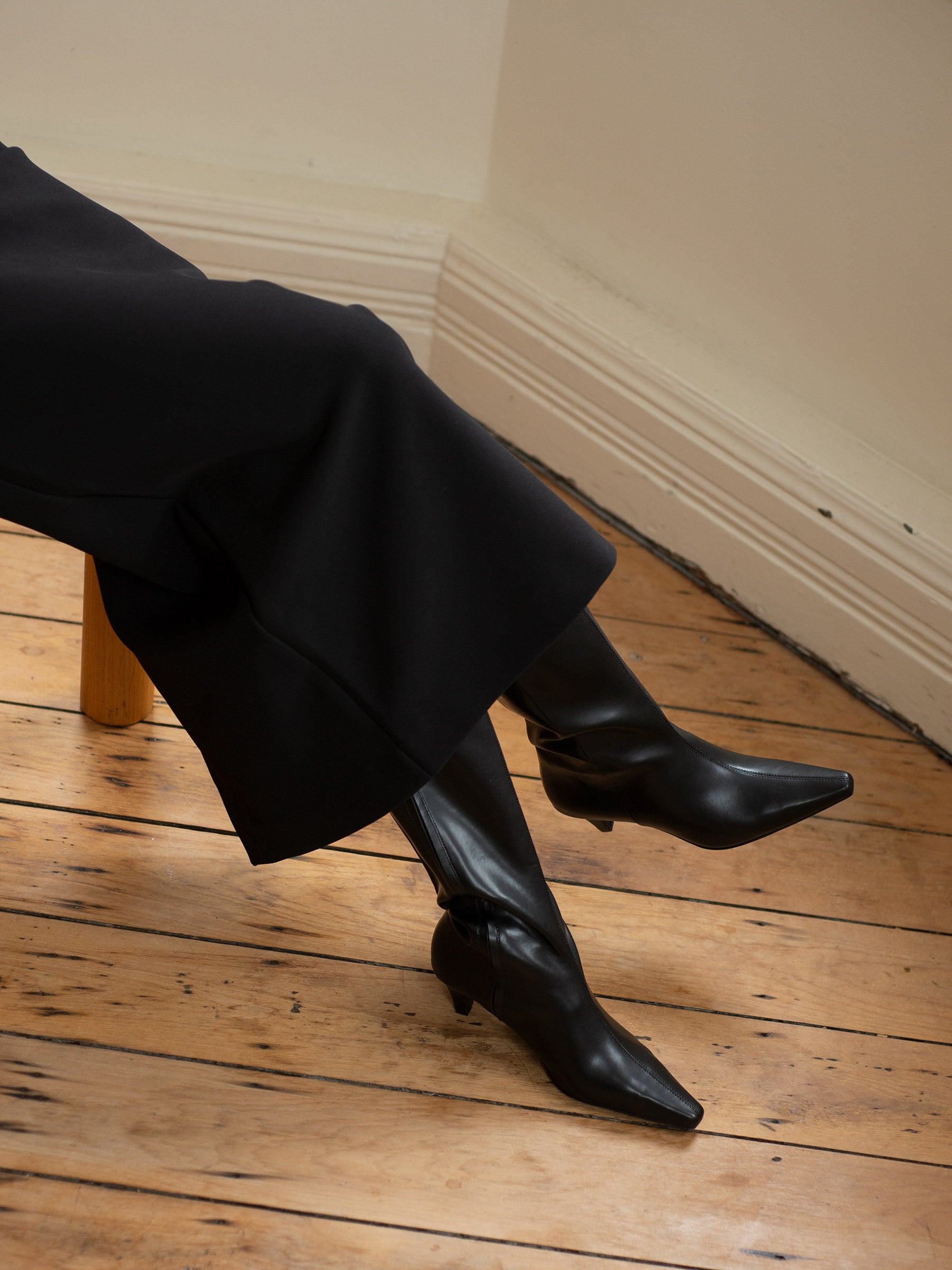
I recently went out to dinner with a group of girlfriends and, as we do each and every time we’re seated, we quickly began scouring the menu for meals that worked for our various dietary requirements: Pescatarian, Vegetarian, Vegan and ‘no dietaries’. It’s a dynamic that many of you reading have no doubt engaged in yourselves as more and more of us move toward vegetarianism and plant-based eating.
According to research, the global vegan food market is expected to reach a value greater than US$27.8 billion this year, catering to those who not only have eliminated animal-derived foods from their diets altogether, but those who have adopted a more ‘flexitarian’ approach to eating, cutting their meat consumption to varying degrees and looking to vegan offerings to supplement it.
I’m not sure what exactly it was that prompted the thought — perhaps the knowledge that I was soon to pen this piece — but what instantly came to mind as we sang out our dietaries was, firstly, how varied the demands of our diet are, and secondly, whether or not these leanings lent to what we dress ourselves in. It appeared as if we were all wearing leather shoes, and toting around leather bags, but given the increasingly high quality leather alternatives have reached, mimicking the look and feel of animal-derived leathers, there’s every chance that I could have been mistaken.
So, with so many people choosing to eat a plant-based diet in recent years, can (and will) our fashion choices keep up?
The current state of leather, in all its forms
As we become more and more conscious about our own consumption, and the footprints our everyday choices are leaving on the planet, we find ourselves increasingly curious about how to live a less impactful life. It’s an approach that has begun to infiltrate our dressing habits, and in turn has prompted brands to offer alternatives aimed at remedying environmental woes the industry itself has introduced.
While leather goods have long been lauded as the premium choice, particularly when it comes to fashion, their impacts on the environment as well as animal and human welfare can no longer be ignored.
According to Common Objective, livestock reared for the meat and leather goods industries is “is responsible for nearly 15% of human-induced greenhouse gas emissions, while also contributing significantly to deforestation, water and land overuse.” Not only that, but the traditional means of tanning leather — chrome tanning — which is said to involve highly toxic chemicals such as chromium sulphates, can lead to a number of severe health problems including skin disease and respiratory illnesses amongst tannery staff and the local population that surrounds them.
The emergence (or rather, reemergence) of ‘vegan’ leather into the conversation around conscious consumption is a prime example of the industry’s adaptation to modern-day demands. However, there is a lot of learning (and some unlearning) that needs to be done when it comes to non-leather alternatives as the offering grows and changes.
After all, equally important to making the ethical choice when it comes to what we dress ourselves in is being well informed when making said choices. Not unlike the beauty industry, the fashion industry too can be perpetrators of greenwashing, adopting the term ‘vegan’ to inspire connotations of sustainability and ethics and praying on the lack of knowledge around the category held by some consumers.
Where Polyurethane (PU) or Polyvinyl Chloride (PVC) based leather alternatives — materials created from fossil fuels which have since been found to be detrimental to the environment as virgin materials, both in the production and post-use stages — were once the norm, today ‘vegan’ leather is so much more.
As textile technology continues to advance, there are countless leather alternatives that have been offered to us that meet the quality expectations once set by animal-based leathers. Increased innovation in the sector has paved the way for leather-like materials crafted from either renewable, biodegradable or plant-based materials, as well as sustainable processes like the recycling of PU as a way of minimising the creation of virgin textiles.
One impactful moment in the shift in attitudes towards vegan leather was Stella McCartney’s loud resistance to using leather in her pieces, instead investing in alternative materials — and working with the start-ups that are manufacturing them — that mimicked the look and feel of leather, including She’s also a pioneer, collaborating with startups on the cruelty-free, sustainable materials—like grape-based leather, forest-friendly rayon and recycled cashmere. She proved that you don’t need to sacrifice style for your ethics and the wellbeing of the globe, and was one of the first designers to successfully align sustainability and luxury in their output.
Ultimately, there is a widely-held belief that fashion can never truly be sustainable if it remains largely dependent on animal leathers, and looking into, and investing in, leather alternatives has become increasingly important for many. As we’ve begun to do below, you should do your research on what exactly ‘vegan’ leather is, what it’s made of, and what its impacts on the environment are (both positive and negative) are.
But whichever measures you choose to take, you should ensure that they align to your values — it’s in your hands when it comes to how you choose to consume, so do your best to be informed about all your options, and allow that to guide you through your decision-making process.
So, what actually is ‘vegan’ leather?
‘Pleather’ — PVC and PU-based leather alternatives — has historically had a divisive reputation, with many contesting its comfortability and durability. And once the true harms of microplastics to the environment began coming to light (more on that later), the term was reimagined to eliminate any association to plastic but also reflect non-plastic innovations within the offering, hence why the umbrella term of ‘vegan’ is so often used today in the context of leather alternatives.
Despite the term ‘vegan’ conjuring up specific associations to something being ‘plant-based’ and ‘planet-friendly’ when used in the context of leather alternatives, it simply means leather that hasn’t come from an animal.
“Like anything, we shouldn’t generalise ‘vegan leather’ together,” says Co-Founder and Director of cruelty-free vegan footwear brand Edie Collective, Ebanny Dwyer, adding: “there are high and low quality products on the market, like in any other category. I’ve had both vegan and non-vegan (school days!) last and others fall apart within a season.
Typically, vegan leathers fall into one of three categories: faux leather, plant-plastic hybrids, and plastic-free leather.
What are the different types of ‘vegan’ leather? And is vegan leather ‘good quality’?
While it was never so overtly coined with the term ‘vegan’ — with leather alternatives often just referred to under the umbrella term ‘synthetic’ — the terminology has changed in recent years to ‘vegan leather’. But has the product itself changed? Or has it simply experienced a rebrand? The truth is overwhelmingly found in the former.
When it comes to what ‘vegan’ leather is actually made of, the truth is that it can be made from many different materials, both natural and man-made — both new and innovative textiles, as well as the classic PU and PVC ‘leathers’ that have dominated the category for decades — as explained here by CEO and Founder of Alt. Leather, Tina Funder:
“‘Faux leather’ meaning false or fake, is an imitation leather that can be made from many different ingredients, mostly petroleum-based plastics like polyurethane (PU), polyvinyl chloride or vinyl (PVC), recycled plastics, etc. Any synthetic leather can be classified as ‘faux leather’.”
“‘Vegan leather’ means it is ‘animal free’. It does not mean it is made from plants or that it is good for the environment. Most vegan leathers, like faux leathers, are made from petroleum plastics. Any synthetic leather that is void of animal products can be classified as ‘vegan leather’.”
“‘Bio-based leather’ has a bio component to it. It has a bio-base, like apple, cactus, pineapple, but it may still be combined with PU. These bio-based leathers are a step in the right direction.”
“‘100% plant-based’ or ‘100% bio-based leather’ means that every ingredient input into the material is derived from plants or is naturally derived. The next-gen of leathers, like Alt.Leather, are highly regenerative, have a low carbon footprint, and are completely free of petroleum-plastic and animal products.”
If it’s ‘vegan’, does it mean it’s also ‘sustainable’ and ‘ethical’?
While it’s easy for somewhat vague terms like ‘vegan’, ‘sustainable’ and ‘ethical’ to become interchangeable, it’s important to understand that these terms can be mutually exclusive, and even used without proper authority given how little regulation there is in this space.
It’s been acknowledged that not all ‘vegan’ products directly lead to sustainable outcomes, so it’s important to dig a little deeper into supply chains, materials, and production to determine which brands are truly operating sustainably.
As pointed out by fashion research platform Good On You, a key point to consider when it comes to the cross-section of leather alternatives and sustainability is the fact that many ‘vegan’ leather offerings “still rely on some element of plastic or fossil-fuel-derived materials for durability.” According to Funder, “most of [the vegan leather industry] still use PU as a binder or topcoat, only a handful globally are 100% biobased,” as her Alt. Leather is. While the industry has almost wholly distanced itself from the harmful PVC, with any use of plastics, there is still the chance for microplastics to be released into the environment, and render some products near-unrecyclable or biodegradable.
That element of vegan leather production acknowledged, it’s equally important we acknowledge the incredible strides the vegan leather industry has made — there are a number of brands and tech companies that have made it their purpose to ensure that not only are their materials cruelty-free, but have minimal impact on the earth, both during production and post-use.
“Almost everything we need to function can be repurposed from what’s already been created, however this isn’t how the world functions, so it’s up to companies to grow with purpose and consumers to mindfully consume,” says Dwyer, adding: “The main focus when consuming anything should be ‘is this produced ethically, is it of high quality, and will it last for years to come?’
Doing an immense amount of research into plant-based, microfibre, and many more materials for two years ahead of edie’s launch, and leaning on the knowledge of manufacturers who have already proved successful in the vegan leather space, Dwyer settled on a fabrication for her footwear. Made from a mix of high-quality microfibre, certified recycled PU and PU alongside certified recyclable soles, edie not only eschews the use of animal leather, but is environmentally conscious and is crafted for comfort and longevity.
Equally important to the consciousness of a product are the processes around it, something edie has also considered to ensure sustainability in each element of its business: “Being environmentally conscious is unbelievably important both professionally and personally to us,” shares Dwyer. “ We’re extremely conscious of deadstock and keeping product out of landfill, which is why we have chosen the high quality materials we have. Further to this, we have ensured all our packaging is recycled, biodegradable and/or a natural fibre with reduced excess tissue. We also send all our orders out in biodegradable bags and sticker labels.”
Funder’s Alt. Leather also paints a positive future for a sustainable vegan leather industry, and makes clear the potential of bio-based materials. “Approximately 10% of our material is made from agricultural biomass and natural fibres such as rice husks or flax straw. The other 90% is our patentable green chemistry made from plant-based ingredients,” explains Funder. “ The process involves milling the biomass and fibres down to micro level, then blending it with our plant-based resin system, before rolling it out and curing at low temperature. We can then supply it to brands in beautiful pieces of leather-like material of different textures — smooth, leather grain or croc.
Like edie, Alt. looks beyond its product when it comes to ensuring its ethics and sustainability: “In terms of manufacturing, we are aiming for automated, low energy, closed-loop systems that produce zero waste. We don’t use any water in our formula or process, which is also a huge environmental benefit.
The category of vegan leather is clearly evolving, with many exciting developments on the front of bio-based leathers still to come. According to Funder, by 2027, biobased leather alternatives — varying types of biobased alternatives, plant-based, mycelium based, bacterial cellulose, chitosan, and more — are expected to make up 3% of the synthetic leather industry market share. But with this insight comes another: as pointed out by Good On You, it’s important to note that at this point in time many of the aforementioned innovative bio-based materials have been widely adopted by the fashion industry due in large part to the relative novelty of more sustainably-sourced leather alternatives.
What are the disadvantages of virgin PU and PVC leather?
Historically, the category of leather alternatives has been overrun by material like Polyurethane (PU) or Polyvinyl Chloride (PVC). Today, we realise the true consequences of not only the production of these petrochemical-derived materials but their post-production impacts on the environment.
Again, it’s important to acknowledge that the creation of virgin PU and PVC — two materials traditionally used in the production of ‘vegan’ leather products — lead to the emission of harmful chemicals including volatile organic compounds (VOCs). According to Alt. Leather’s Tina Funder, “PVC was officially classified as a human carcinogen in the 1970s, and is toxic to the health of both humans and the natural environment”.
And this toxicity goes beyond harmful chemicals in the air and atmosphere — the excess production of virgin plastics not only poses harm when it comes to waste, but as noted by Good On You, the “steady accumulation of this non-biodegradable material in the world’s ecosystems” puts further pressure on our oceans as well as animal life, both underwater and on land.
Good On You also adds that while virgin PVC and PU prevent direct harm to animals, they are “ironically harmed by the steady accumulation of this non-biodegradable material in the world’s ecosystems”, this harm then extending to humans who may ingest plastic through food and other sources in the form of microplastics.
Long story short, we should be avoiding PVC-derived leather alternatives at all costs.
When it comes to PU, Funder considers it “the lesser of two evils”. It’s said that PU isn’t as harmful as PVC as it doesn’t release toxic substances and dioxins during use or disposal, however in its virgin form it’s still not the ideal option. What is a step up, however, is the use of recycled PU — not only does this material aid in waste reduction and utilise already existing resources, it works particularly well within pieces that don’t need a lot of laundering (think: shoes and handbags) as the release of microplastics becomes a lesser issue.
As noted above, many vegan accessories, particularly footwear, still call on PU for coating and bonding to ensure durability and longevity. When paired with plant-based or other bio materials, if we can keep these products for as long as possible we can largely avoid the plastic-specific impacts on the environment.
In an ideal world, vegan leathers will move away from their reliance on PU — both virgin and recycled — altogether, but as noted by Funder, we may be some way away from materials that are totally plastic-free.
Does vegan leather soften and break in? And is vegan leather long lasting and easy to maintain?
Just like its animal leather counterparts, vegan leather varies a lot when it comes to comfortability and longevity.
“Everyone’s bodies are different, and we all have unique sensitivities — I think it’s about trying different brands and styles to find something that works for you,” explains Dwyer. “One customer might find a shoe really comfortable and another might share feedback about the style being a little stiff. However this issue can be echoed throughout the footwear industry in general. I’ve definitely had feedback from friends noting they have leather shoes they have never been able to break in, and that expensive shoes have caused bad blisters.”
When it comes to longevity, Dwyer insists that an enormous amount of work that goes into producing quality footwear, and that good quality vegan leather should last you for years to come, as it has for her.
“The material of a shoe isn’t the deciding factor on how long it lasts. Any type of footwear can be produced with poor quality or faulty glue, stitching or produced with an ill fitting heel or last.”
Is ‘vegan’ leather better for the environment than animal-derived leathers?
We’re all becoming increasingly aware of the shortcomings of animal-derived leather. Not only are there ethical issues that arise from animal welfare, but also environmental concerns that emerge when it comes to the raising livestock required to keep leather supply as consistent as what the fashion industry currently requires.
“With 50% of the earth’s surface area currently occupied by cattle grazing systems, there is no more room on the planet for more cows. So, we need sustainable alternatives,” explains Funder, who insists that we need to resist the head of cattle on the planet not only to reduce livestock-derived greenhouse gas emissions, but also the deforestation and water and land overuse required to maintain the current volume of cattle on earth.
And the impacts go beyond the livestock — the traditional leather tanning process has been found to be incredibly toxic — it’s said that up to 170 different noxious chemicals including chromium, lead, cyanide, and formaldehyde can be used in the leather tanning process, all of which have been proven to not only “harm soil and animals, worsen air pollution, and generate loads of wastes, including hazardous ones”, but also threaten the lives of those who live near chromium tannies. Funder adds that “Traditional leather [also] consistently ranks in the top 10 producers of toxic water wastage across all sectors globally.”
Finally, Funder makes clear that while many believe leather is compostable as a natural material, many leather-based products aren’t able to break down in the environment due to either these toxic dyes or the fact that many leather shoes are still coated with PU or silicones.
As is the case with many contentious subjects, there is another perspective when it comes to animal leather. According to the campaign ‘#LeatherTruthfully’ — spearheaded by fashion designer Anya Hindmarch and interiors and furniture designer Bill Amberg, which aims to show how leather products can work within the sustainable fashion economy — there are a few key misconceptions when it comes to animal-derived leathers.
The most prominent point the campaign seeks to make is that “farmers raise livestock for its meat or milk with the hide or skin [being] a by-product that [either] has to be used or thrown away as waste,” adding that the value of the hide isn't the primary reason cattle are raised.
It also notes that the best leather tanning technology today doesn’t involve toxic chemicals — according to #LeatherTruthfully, tanneries today are required to comply with official standards that impose strict substance lists, with many joining ZDHC (zero discharge of hazardous chemicals) and looking into “modern biochemical solutions to reduce overall chemical usage and eliminate chemicals which come from fossil fuel origins.”
Pointing out that leather is “the oldest form of up-cycling”, the campaign maintains that “responsible leather manufacturing is science-based, highly regulated and independently audited to international standards”
Whichever side of the fence you stand on, there’s one overarching fact that Funder finds undeniable: “Leather is one of the most destructive textiles on the planet, whether it is made from animals or petrochemicals, both come with their list of negative environmental and social issues like deforestation, greenhouse gas emissions, fossil fuel extraction, toxic chemical use, water wastage and unethical treatment of animals and workers.” Dwyer too agrees that “both industries are not perfect by any stretch.”
But there is no denying those who are championing leather alternatives are, as Dwyer explains it, “working really hard to combat already existing human waste within the vegan industry and developing innovative ways to repurpose plastic pollution, waste products from vegetable farming, and the likes into durable long lasting materials…”
For Funder, there is a clear path forward for positive-impact leather alternatives: “The ultimate aim for next-gen leather alternatives is to eliminate the need for petrochemical plastics, animal products and other toxic chemicals. We also need to design our low impact materials for longevity and circularity with clear end-of-life solutions. It is a complex process."


